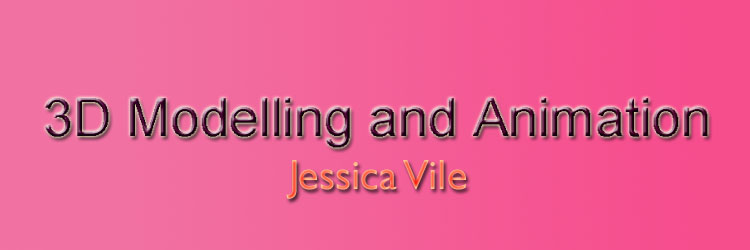 I edited them by selecting soft selection, and by moving the vertex.(blue dots)
I edited them by selecting soft selection, and by moving the vertex.(blue dots)I then selected Environments. You can ind this by selecting 8, or clicking on rendering on the top tool bar and then Environment. I then clicked on bitmap and selected the environment I wanted. When you have selected your image it will show you a preview.
 The preview shows you what it will all look like once it has been rendered. As you can see the haystacks need to be moved much lower. After changing the position into the correct place my scenery now looked like this :
The preview shows you what it will all look like once it has been rendered. As you can see the haystacks need to be moved much lower. After changing the position into the correct place my scenery now looked like this :
 This is the rendered image. This is only a simple one to show how the environments work.
This is the rendered image. This is only a simple one to show how the environments work. It would be very easy to make the haystacks look alot more realistic.
Rendering
 Once your image has been completed, you must render it for the finished image. You can do this by selecting the Render button:
Once your image has been completed, you must render it for the finished image. You can do this by selecting the Render button:

here there aqr emany setting syou can adjust such as the ray trace, output size and much more. Once you have edited the settings press the large Render button in the right bottom corner. The finished image then appears on a seperate screen.
 My image has a black background as I set it to black. If you set an environment the rendered image will be on he environment.
My image has a black background as I set it to black. If you set an environment the rendered image will be on he environment. You can then save the imae easily by clicking on the top left corner button of a disk. You can then save the completed rendered image as whatever you wish.
You can then save the imae easily by clicking on the top left corner button of a disk. You can then save the completed rendered image as whatever you wish.





